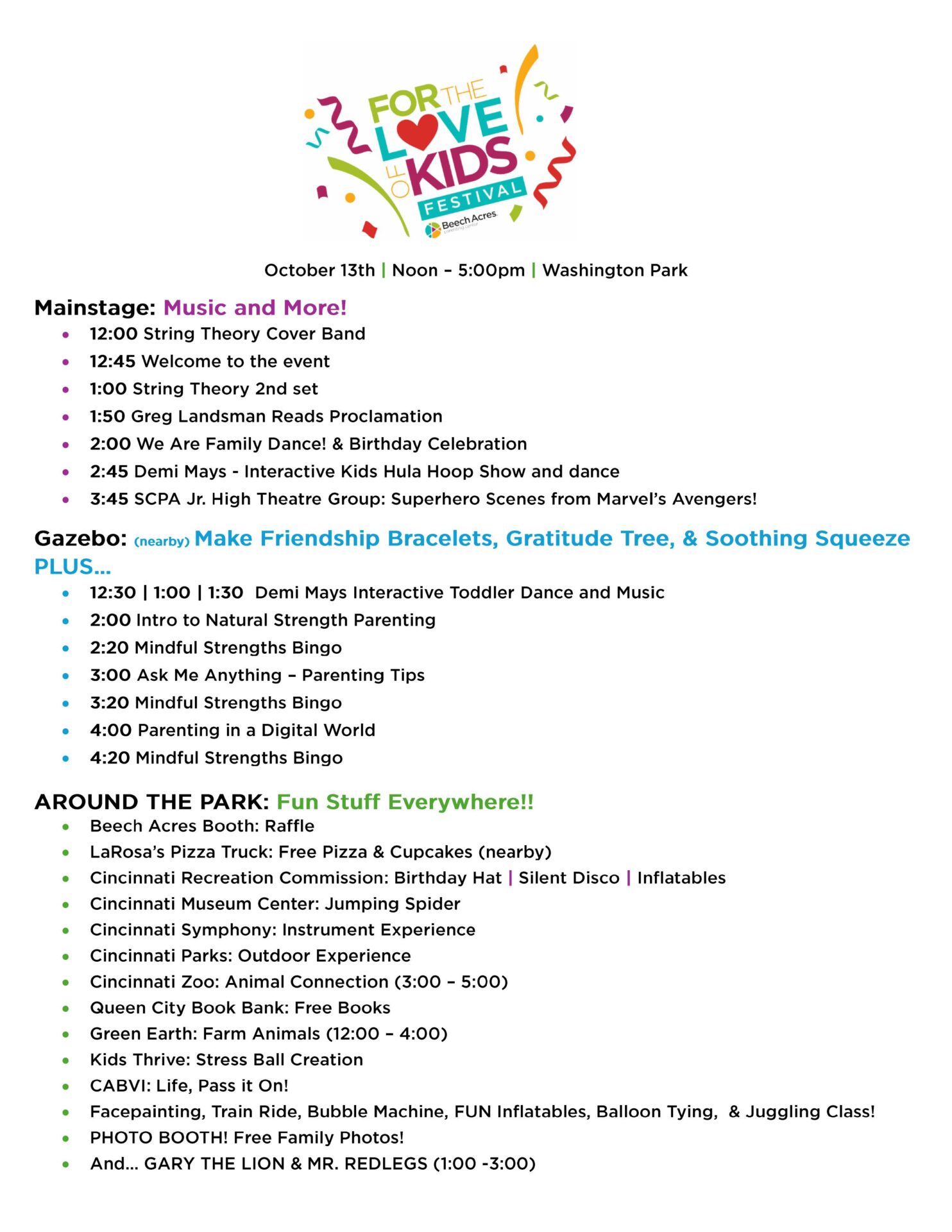Sign up for a free parenting toolbox.
Parent Connext®
Parent Connext® helps parents navigate life’s parenting challenges with compassionate, judgment-free, science-based support.
Services include 1:1 coaching, academy workshops, support groups, resource library, podcast, and a parenting app (coming soon).
Navigating Parenting Challenges Together
Parent Connext® Parenting Specialists are here to support you with life’s everyday parenting challenges—from potty training to prom. Our virtual coaching sessions are designed to fit seamlessly into your busy life.
Parent Coaching begins with a deep
understanding of your family’s
strengths, vision, and values. Together with your Parenting Specialist, you’ll co-create a simple, personalized plan to:
- Strengthen the parent-child relationship
- Build lasting connections
- Improve your parenting strategies for long-term success

JOIN
the
Parent
Connext®
Community…
anytime. anywhere.
Help is always there. Become the calm, confident and caring parent you strive to be.

JOIN
the
Parent
Connext®
Community…
anytime. anywhere.
Triple P Positive Parenting Workshop
An evidence-based program providing family support to prevent and treat behavioral/emotional problems in children and teens. Strategies focus on creating environments where children can realize their potential.
Workshops are held on Mondays, Tuesdays, Thursdays, and Saturdays, with Virtual and In-Person options available.
Parent Enrichment Program (PEP)

Designed for families at risk or those who have experienced child removal due to abuse or neglect. Goals include: Enhancing existing parenting skills. Connecting participants to resources,







